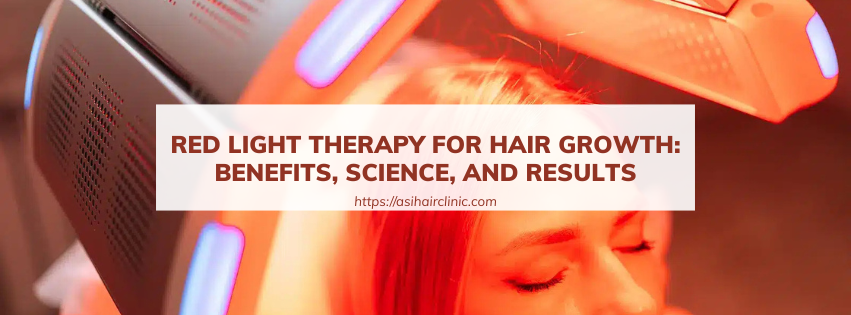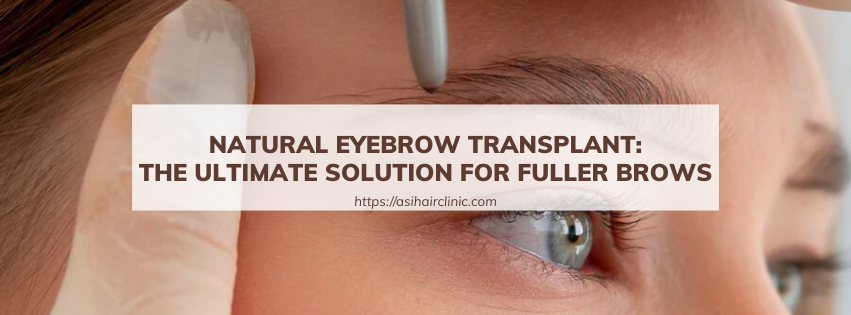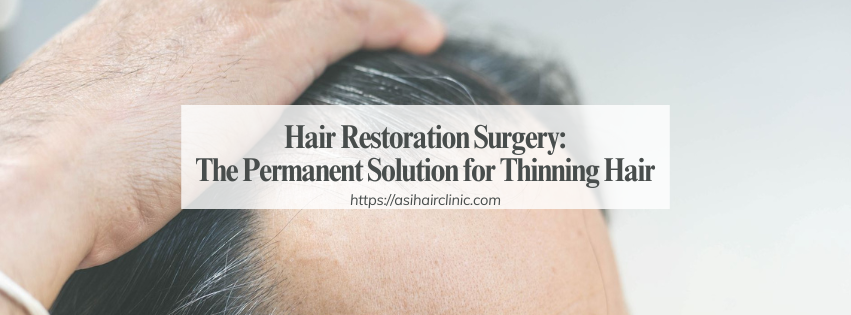Hair Transplant with the Artas Robot
Hair loss is a common and widespread concern, affecting millions of people worldwide. It can have a significant impact on one's self-confidence and overall well-being. Despite numerous treatments available, hair transplant surgery remains a popular and effective option for restoring a full head of hair. However, with recent advancements in technology, there has been a rise in robotic hair transplant systems, with the Artas Robot leading the way. This comprehensive guide will delve into the world of robotic hair transplant with the Artas system, exploring its benefits, procedure, recovery, and potential drawbacks.
Understanding Hair Loss and Hair Transplant
Causes of Hair Loss
Hair loss, or alopecia, can be caused by various factors such as genetic predisposition (androgenetic alopecia), hormonal imbalances, medical conditions, medications, stress, and nutritional deficiencies.
- Genetic Predisposition: Androgenetic alopecia is the most common type of hair loss, affecting both men and women. It is caused by inherited genes and often leads to pattern baldness.
- Hormonal Imbalances: Changes in hormone levels, particularly an increase in dihydrotestosterone (DHT) in men, can lead to hair loss.
- Medical Conditions: Certain medical conditions like thyroid disorders, autoimmune diseases, and scalp infections can cause hair loss.
- Medications: Some medications, such as chemotherapy drugs, blood thinners, and antidepressants, have hair loss as a side effect.
- Stress: Severe emotional or physical stress can trigger telogen effluvium, a form of temporary hair loss.
- Nutritional Deficiencies: A lack of essential nutrients like iron, protein, and vitamins can contribute to hair thinning.
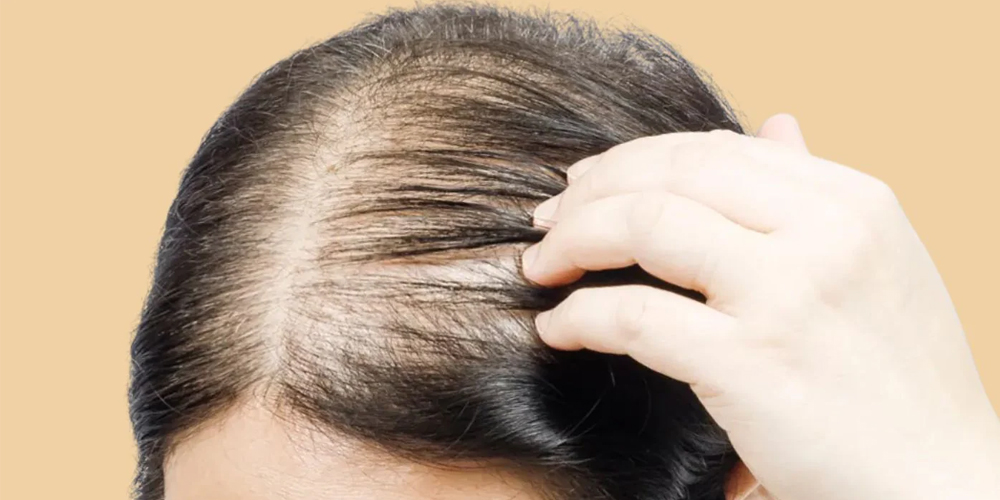
Hair Transplant Surgery
Hair transplant surgery involves extracting healthy hair follicles from a donor area (typically the back or sides of the head) and transplanting them to the recipient area (where hair loss is evident). This process essentially redistributes existing hair to create a denser, more aesthetically pleasing hairline. Hair transplant surgery can be performed using two methods: follicular unit transplantation (FUT) and follicular unit extraction (FUE).
- Follicular Unit Transplantation (FUT): Also known as "strip harvesting," this method involves removing a strip of tissue from the donor area and dissecting it into individual hair grafts.
- Follicular Unit Extraction (FUE): This method involves extracting individual hair follicles directly from the donor area using a punch tool.
Both methods have their advantages and disadvantages, and the choice between the two will depend on the patient's specific needs and preferences.
The Rise of Robotic Hair Transplant
What is the Artas Robot?
The ARTAS® robotic hair restoration device is an advanced, minimally invasive hair transplant system that uses Artificial Intelligence (AI) technology to deliver precise, natural-looking results without leaving a linear scar.
Using advanced image-guided robotics, ARTAS® can precisely analyse and dissect the best grafts from your donor area thousands of times per session, and then accurately identify where they should be implanted to achieve a seamless, personalised hairline that’s perfectly suited to you.
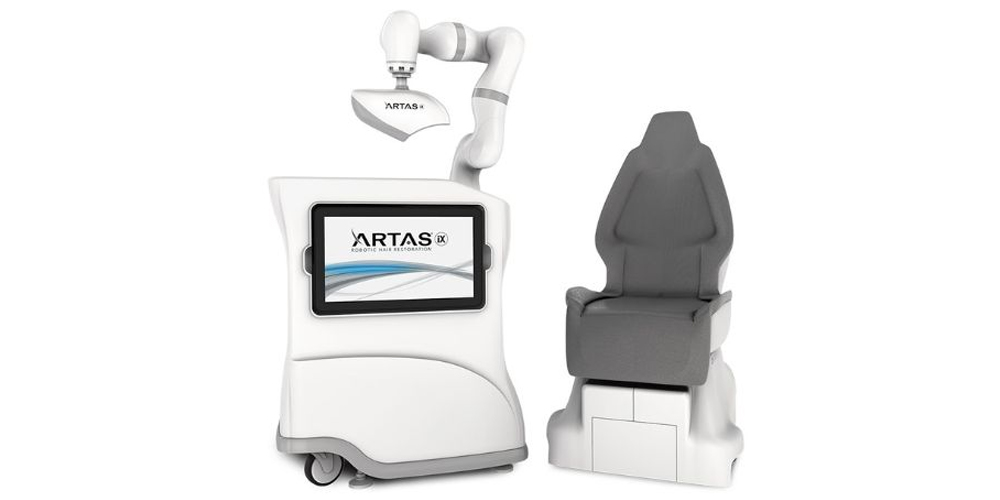
Benefits of Using the Artas Robot for Hair Transplant Surgery
- Minimally Invasive: The Artas robot uses a minimally invasive approach, making tiny incisions rather than a large strip of tissue, resulting in less scarring and a faster recovery time.
- Precise and Consistent Results: The robot's advanced imaging technology allows for precise and consistent extraction of hair follicles, leading to natural-looking results.
- Less Fatigue for Surgeons: The robot's robotic arm takes over repetitive tasks, reducing the surgeon's physical fatigue and allowing them to focus on designing the new hairline.
- Reduced Risk of Human Error: The use of the robot eliminates the risk of human error during the extraction process, resulting in a higher graft survival rate.
- Faster Procedure Time: The Artas system can extract and transplant hair follicles at a faster rate compared to manual methods, shortening the overall procedure time.
- Suitable for Various Hair Types: The robot's advanced imaging technology can detect and extract different types of hair, making it suitable for a diverse range of patients.
The Artas Procedure: Step by Step
The Artas procedure typically follows these steps:
- Hairline Design: The surgeon will first draw the desired hairline on the patient's scalp, taking into consideration their facial features and aesthetic goals.
- Donor Area Preparation: The robot's advanced imaging technology scans the donor area (typically the back or sides of the head) and identifies healthy hair follicles for extraction.
- Extraction of Hair Follicles: The robotic arm, equipped with a small punch tool, extracts individual hair follicles from the donor area.
- Preparation of Recipient Area: While the robot is extracting hair follicles, the surgeon will prepare the recipient area by creating tiny incisions where the new hair follicles will be transplanted.
- Transplantation of Hair Follicles: The robot's robotic arm then places the harvested hair follicles into the recipient area, with the surgeon monitoring and adjusting the placement as necessary.
- Post-Procedure Care: After the transplant is complete, the surgeon will provide post-procedure care instructions and prescribe any necessary medications to promote healing and ensure the success of the transplant.
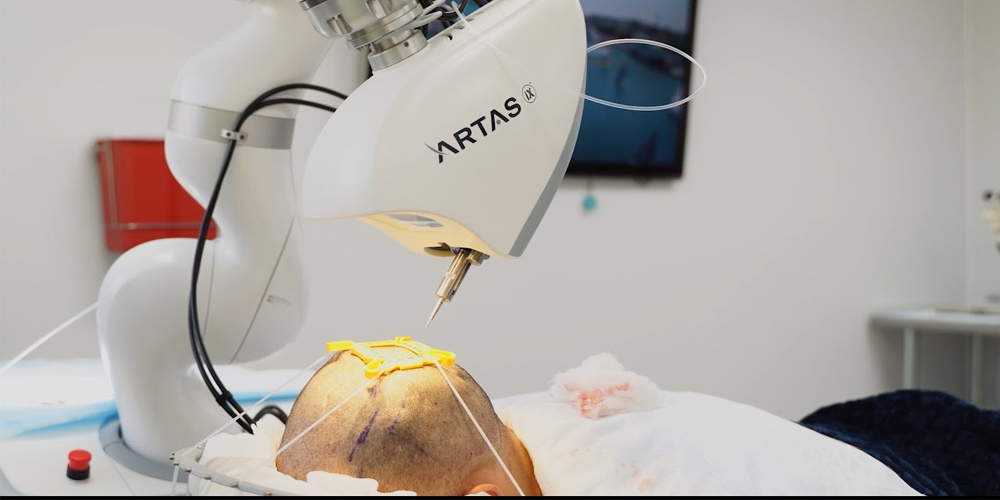
Recovery and Results
Recovery Process
The recovery process after an Artas hair transplant is relatively quick and painless. Patients may experience some mild discomfort and swelling, which can be managed with pain medication and ice packs. The tiny incisions made by the robot heal quickly, and most patients can resume their normal activities within a few days. It is essential to follow the post-procedure care instructions provided by the surgeon to ensure proper healing.
Expected Results
The results of an Artas hair transplant are natural-looking and permanent. However, it is important to note that the transplanted hair will fall out within the first few weeks after the procedure. This is a normal part of the process, and new hair growth will start within 3-6 months. Full results are typically visible within 12-18 months, with the transplanted hair blending seamlessly with the patient's natural hair.
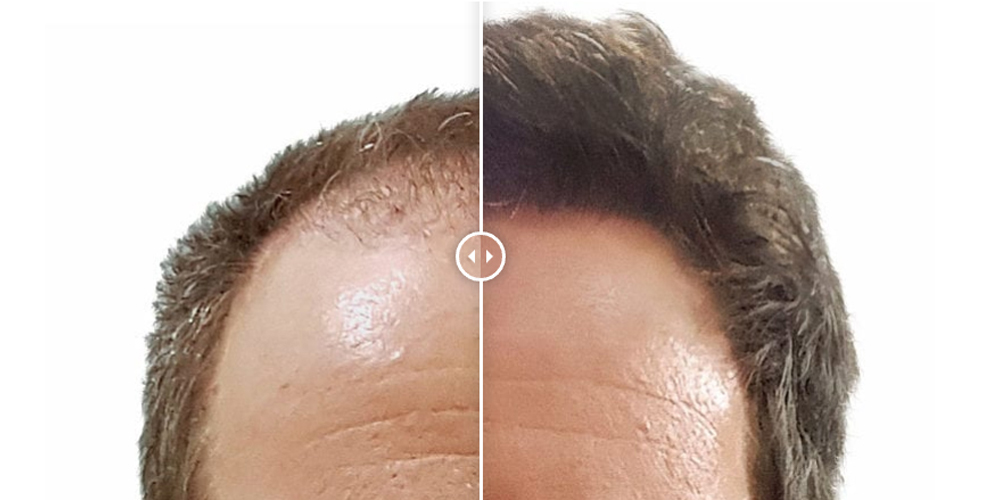
Potential Drawbacks and Considerations
Cost
One of the main drawbacks of robotic hair transplant surgery with the Artas system is its cost. As a newer and more advanced technology, it may be more expensive than traditional manual methods. However, this can vary depending on the individual case and the geographic location of the procedure.
Limited Availability
Another drawback is the limited availability of the Artas system. As a relatively new technology, it may not be widely available in all areas. Patients interested in undergoing an Artas hair transplant may need to travel to a specialized clinic or city where the procedure is offered.
Not Suitable for All Cases
While the Artas system is suitable for a wide range of cases, it may not be the best option for everyone. Patients with very curly or fine hair may not be good candidates for this procedure. It is essential to consult with a qualified surgeon to determine the best course of action for each individual case.
Conclusion
Hair transplant surgery has come a long way in recent years, and the introduction of robotic systems like the Artas robot has revolutionized the field. With its minimally invasive approach, precision, and consistent results, the Artas system offers an attractive option for those seeking to restore their hair. While it may have some drawbacks, the overall benefits make it a popular choice among patients and surgeons. As with any medical procedure, it is important to do thorough research and consult with a qualified surgeon to determine the best course of action for your individual case.
LATEST POSTS



